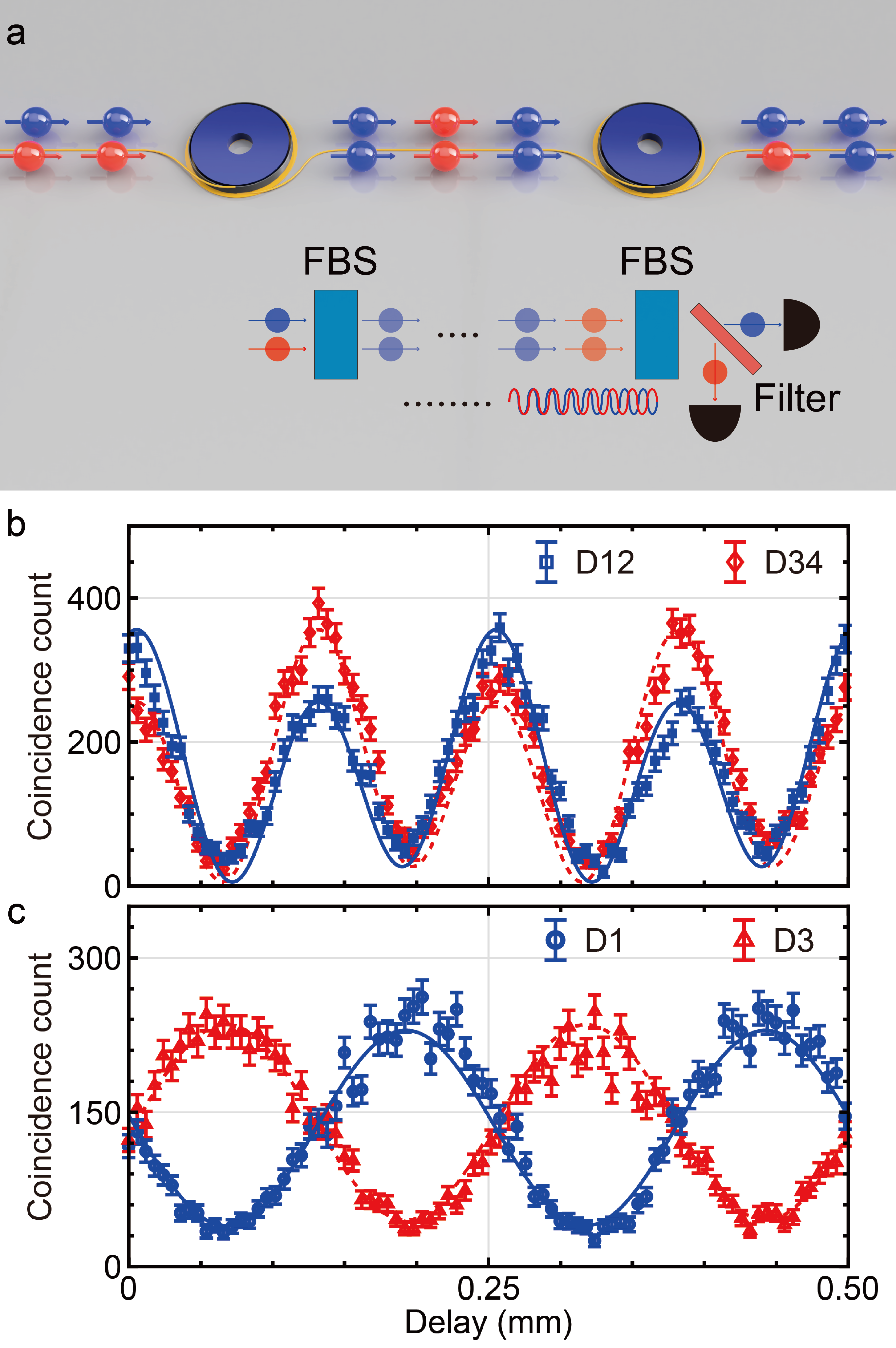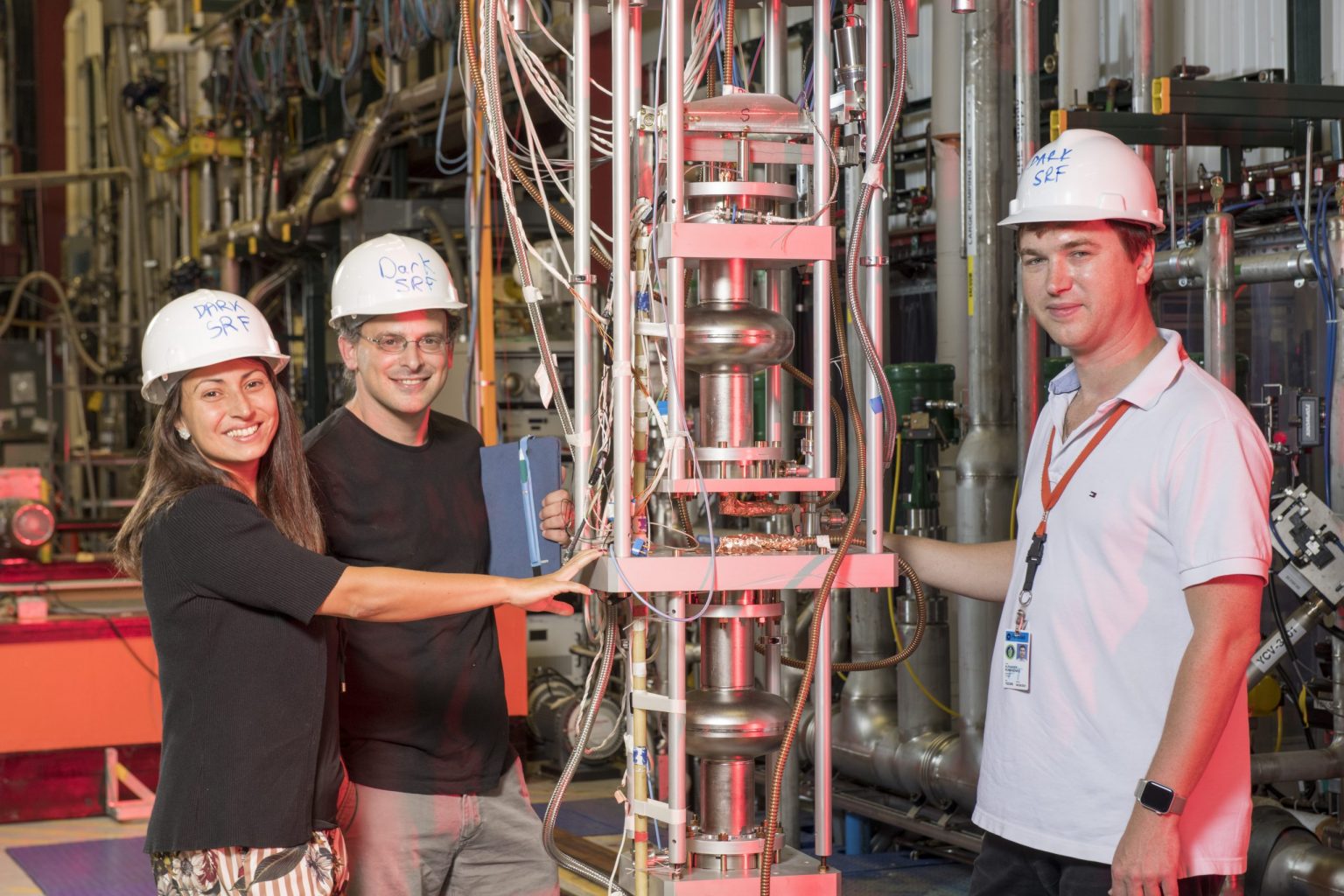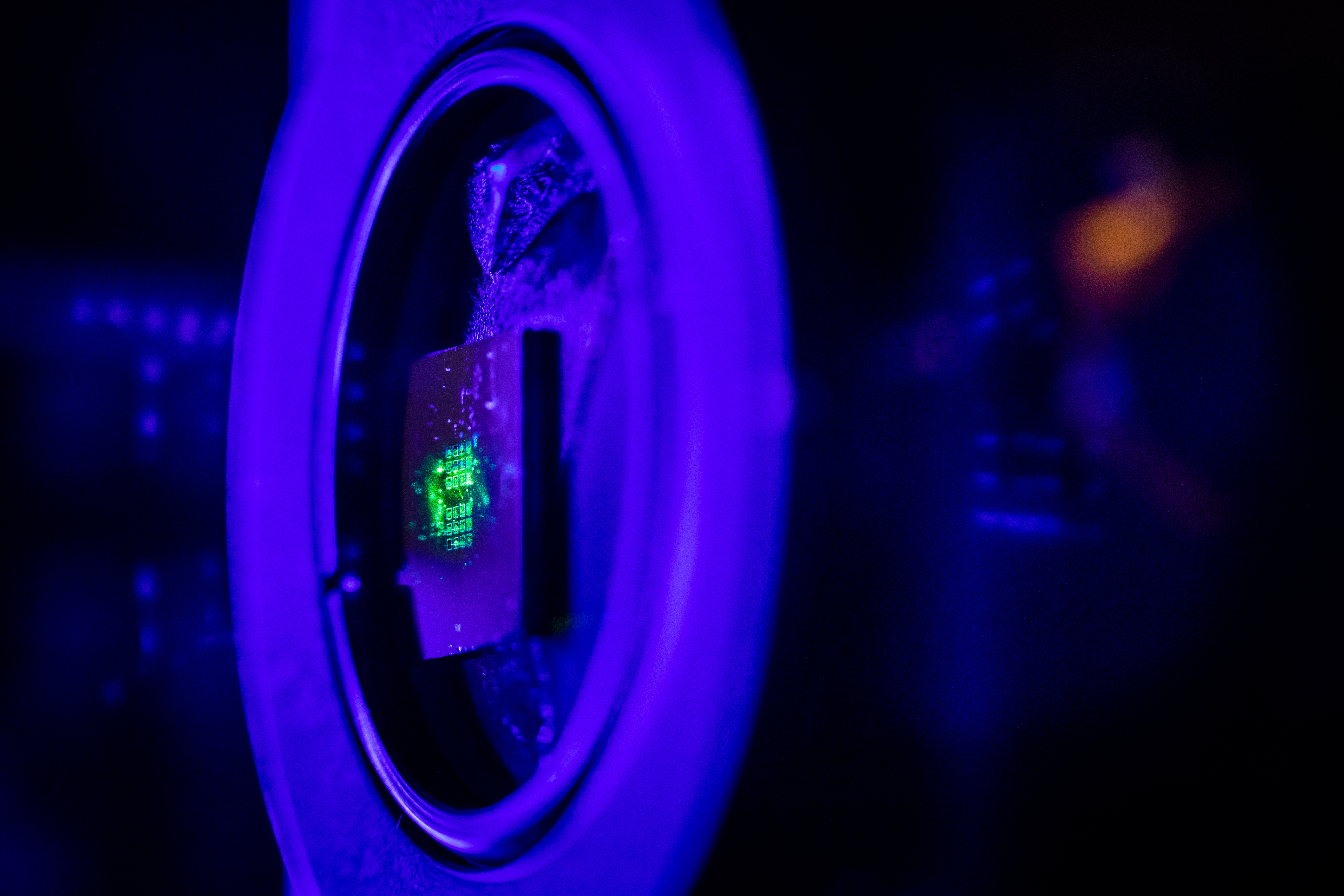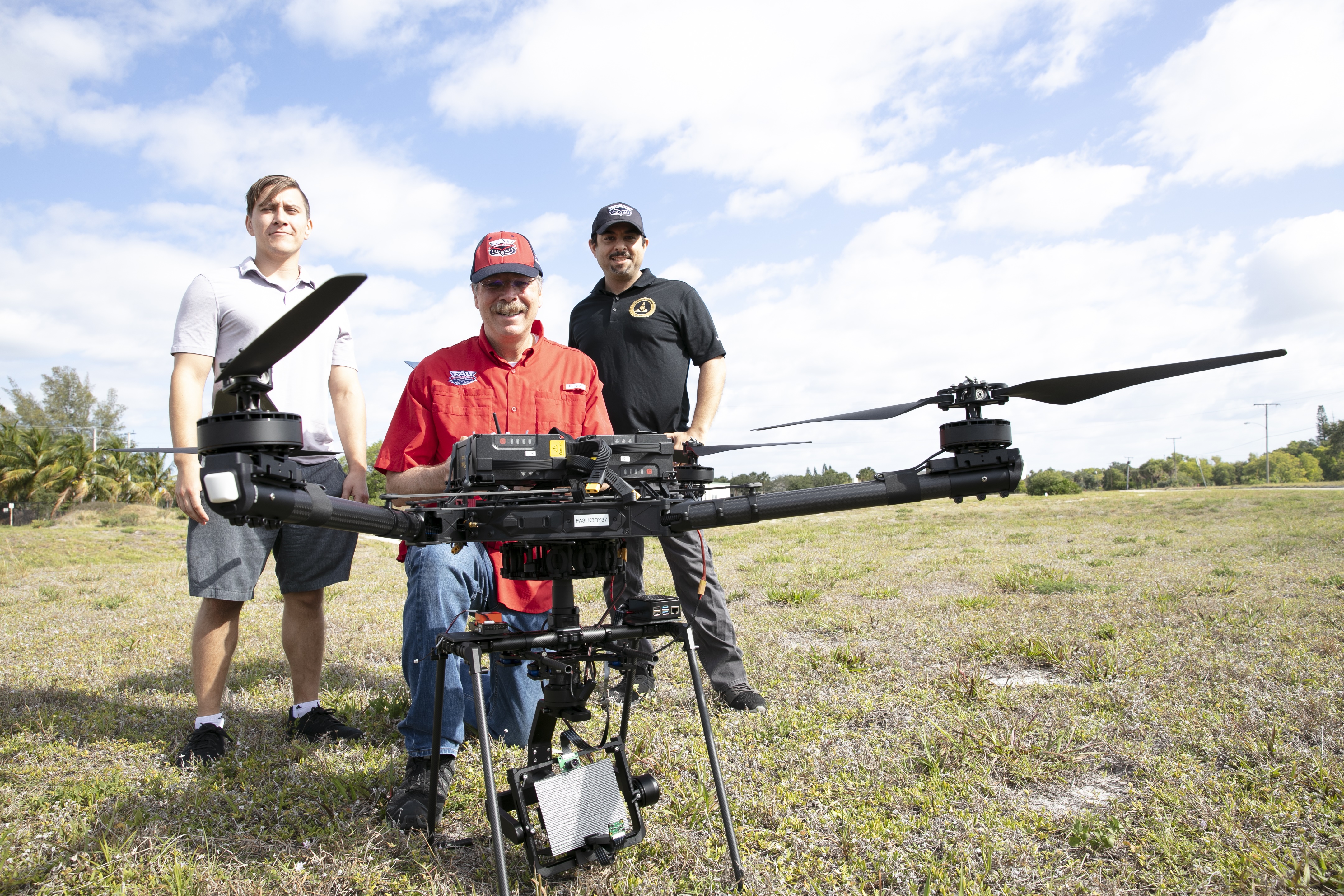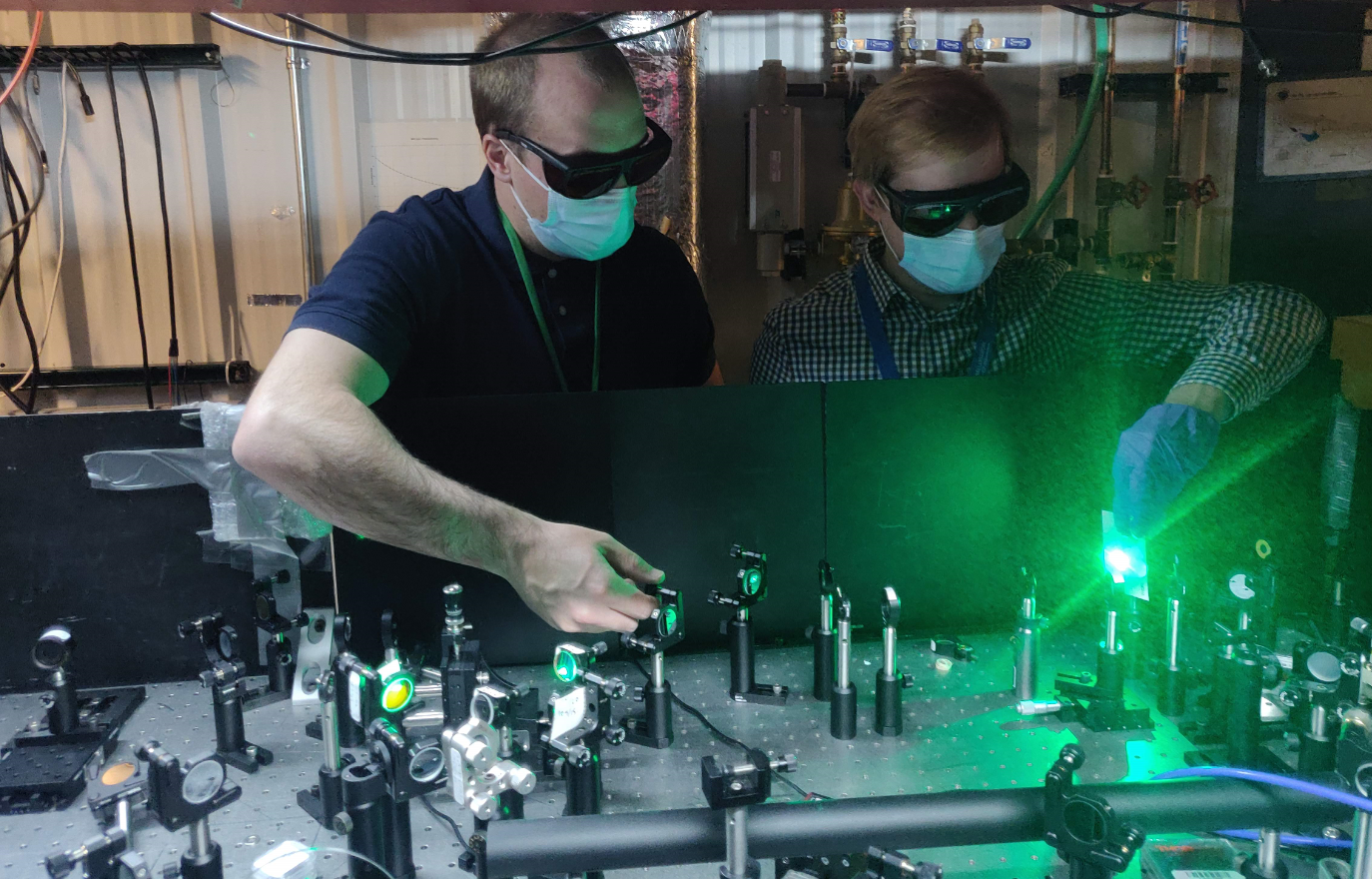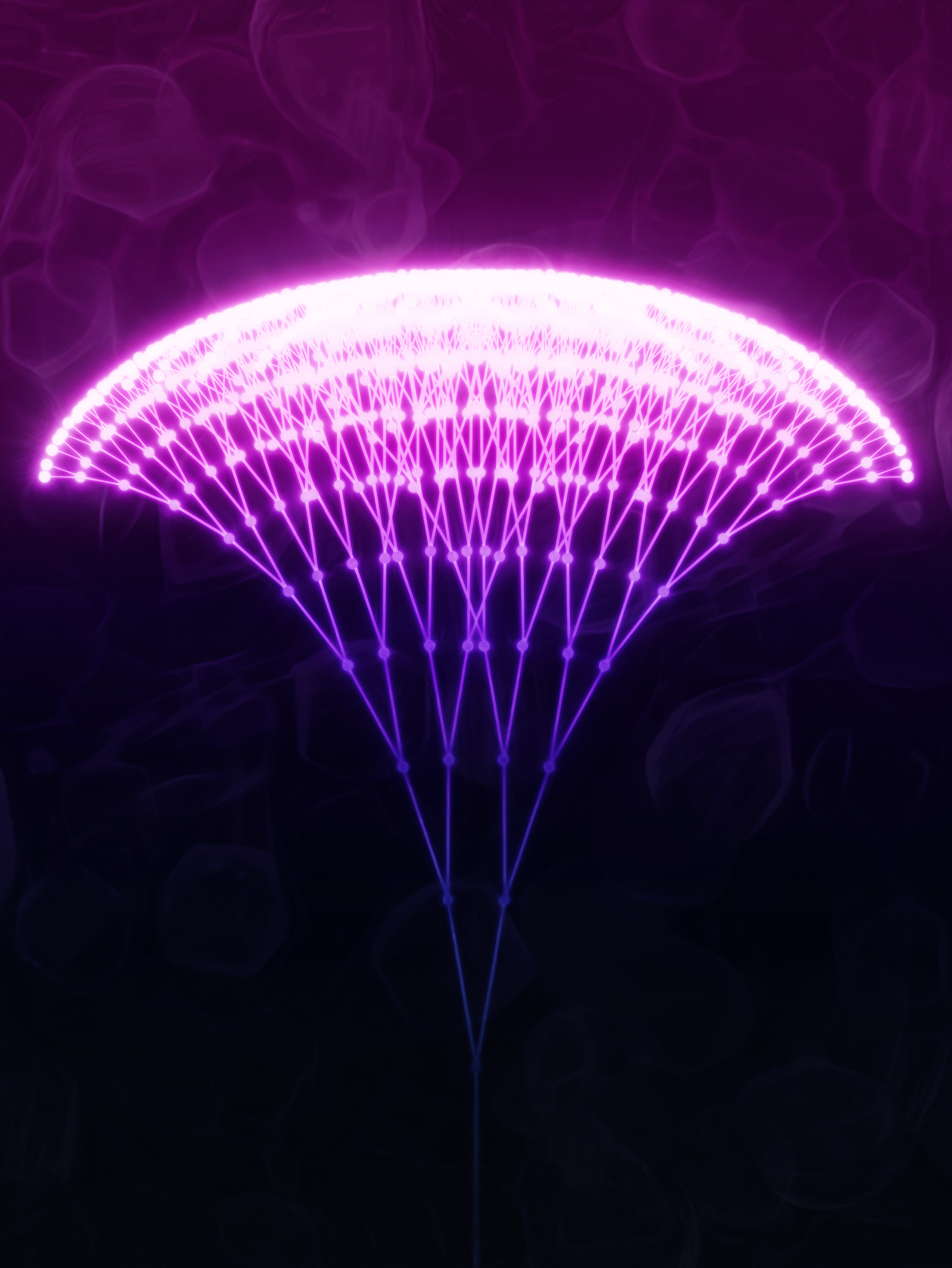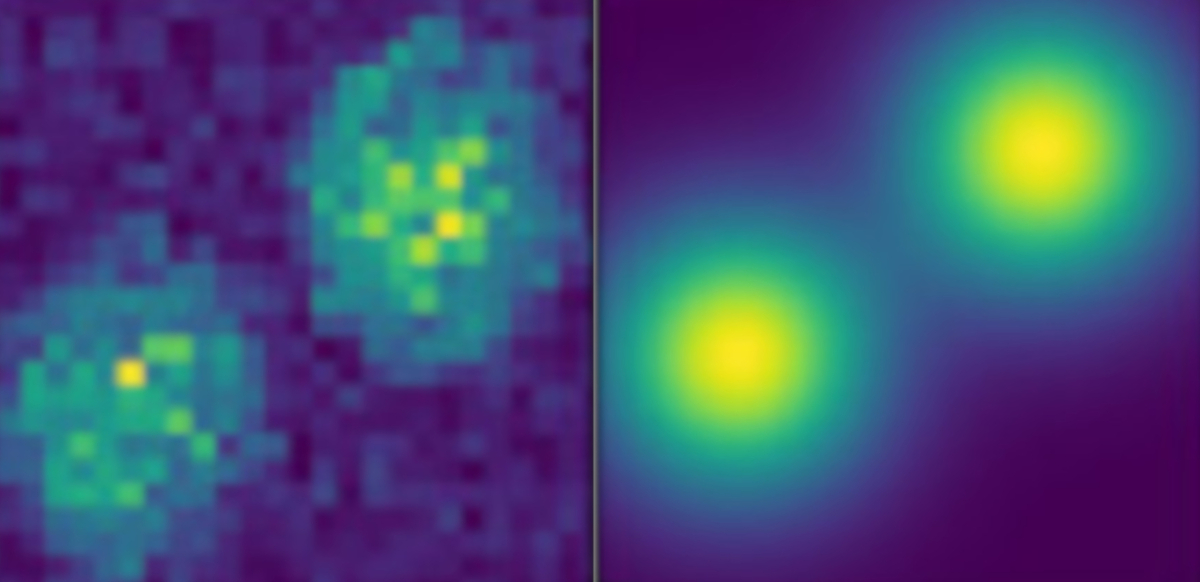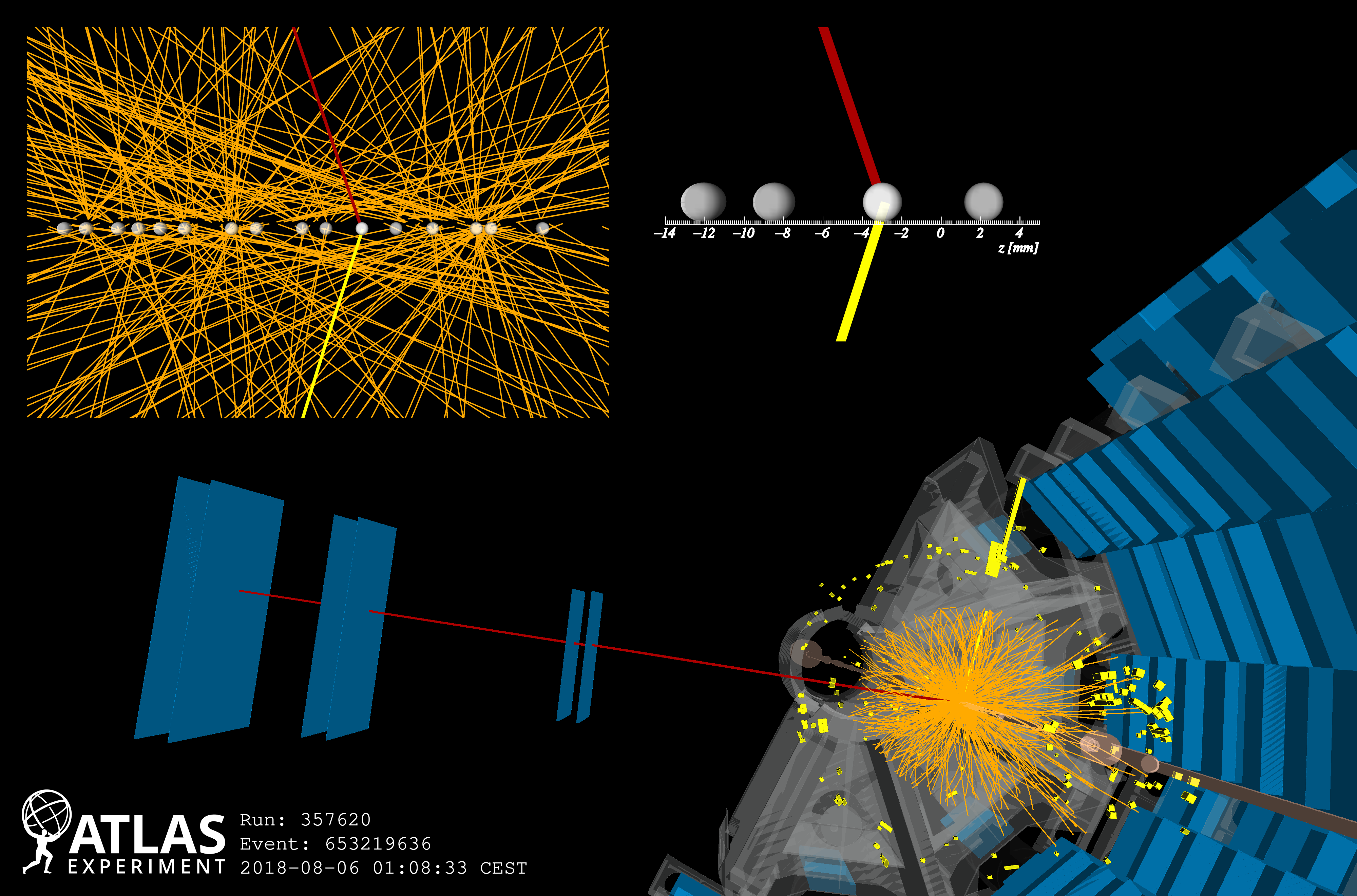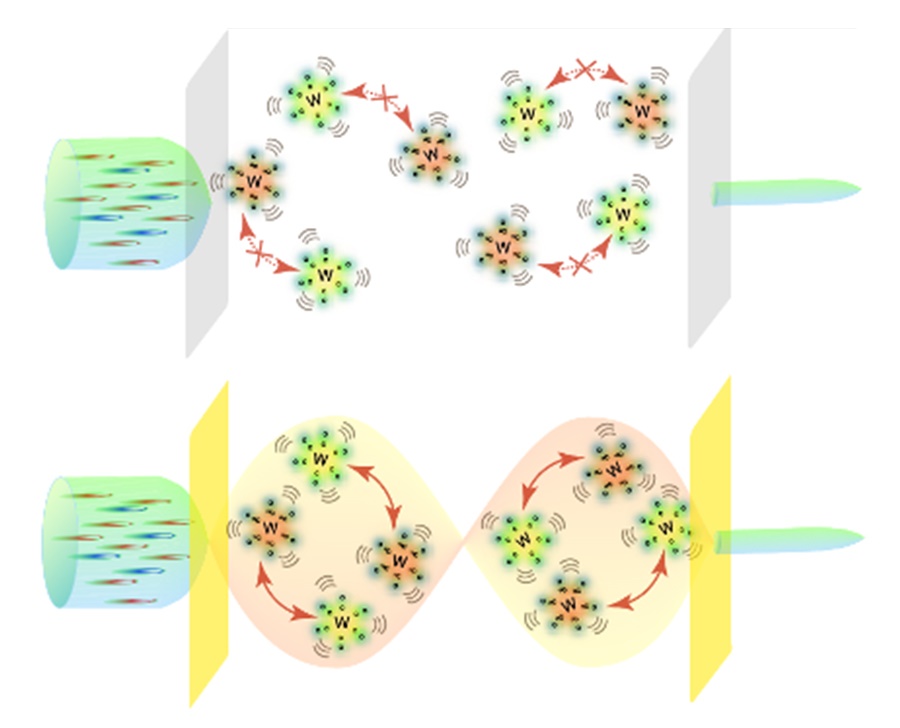Entanglement has paved the way for enriching our understanding of physics and implementing quantum information technology. Scientists at POSTECH introduce a new type of entanglement: Frequency-domain photon number-path entanglement. Utilizing a frequency beam splitter converting single-photon frequency with a 50% probability, they observe a two-fold enhanced resolution of interference pattern compared to the single-photon counterpart, with unprecedented stability.
